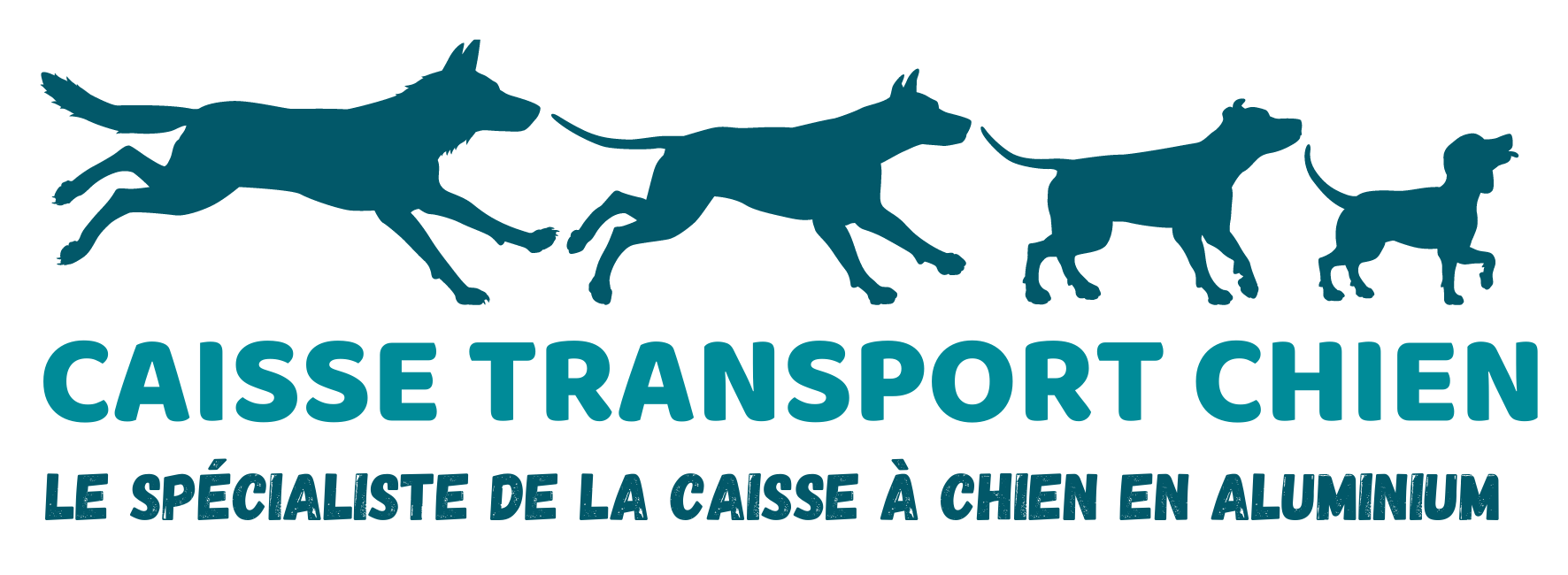How do you transport your dog in the car?
If you want to take your dog, or even your dogs if there are several of them, on the road, it is necessary to be able to guarantee them the safety and comfort they need.
To begin with, what does the law say?
There is no law that clearly states that you must tie up your dog in a car, but your pet can always be considered a passenger, especially if it can have an impact on your driving.
According to article R 412-6 of the French Highway Code, no passenger may at any time hinder the driver's movements, the driver must be able to remain attentive to his driving and to the people around him, and his field of vision must not be reduced.
We can also add that according to article R 412-1 of the Highway Code, all passengers must wear a safety belt.
An animal can therefore be considered a passenger in its own right, since it can affect the way you drive.
In the event of an inspection, you may be fined if your dog is loose in the passenger compartment of your vehicle.
But it is not so much the fine that counts, but the safety of your pet. You should know that in the event of an accident, without the necessary protection, your dog will be thrown out like a cannonball into your windscreen or dashboard.
So how do you transport your dog?
There are different ways to transport your dog in a car.
Our speciality, the dog carrier
This is of course the safest way to transport your dog and the one we want to put all our efforts into. Your dog deserves a safe and comfortable ride in the car.
They are suitable for all dogs, from the smallest to the largest, and can even accommodate several dogs.
It's the strongest thing out there, at least with the material we use: aluminium. It is also rust resistant, which is ideal if you want to place your crate outside or in a pick-up truck.
With a dog carrier, your pet will be perfectly protected during your journeys.
Other possibilities, but not recommended
The safety belt
This may seem like an effective solution, but it is cheaper and takes up less space. But a belt can be dangerous for your dog and put him in an unpleasant position. In the event of an accident, there is a good chance that the belt will not hold the pressure.
Furthermore, it is not recommended to attach the belt directly to the collar of the dog, but rather to the harness (if he has one).
The safety harness
This is a sort of evolution of the safety belt, with the same defects. Animal transport accessories are often not suitable.
The protective grid or net
With this device, your dog has its own space in your vehicle, especially in the boot. This separates the animal from the driver, so that it is not disturbed while driving.
On the other hand, the animal has complete freedom of movement and can be made to lean from one side of the vehicle to the other if it remains standing and moving. In the event of an impact, the grille will not protect.
Some recommendations
To ensure your pet's safety, we recommend the following
- Favour ventilation (not vents) for your dog carrier if it is inside the vehicle;
- Take regular breaks during long journeys;
- If your dog is not used to the crate or does not trust it, teach it to climb into it gradually;
- If it is very hot, remember to keep your vehicle cool before and during the journey;
- Always provide water (and some food) on long trips.
All our cases are delivered with a rubber mat, but you can also put a blanket inside the case to increase the comfort inside.


